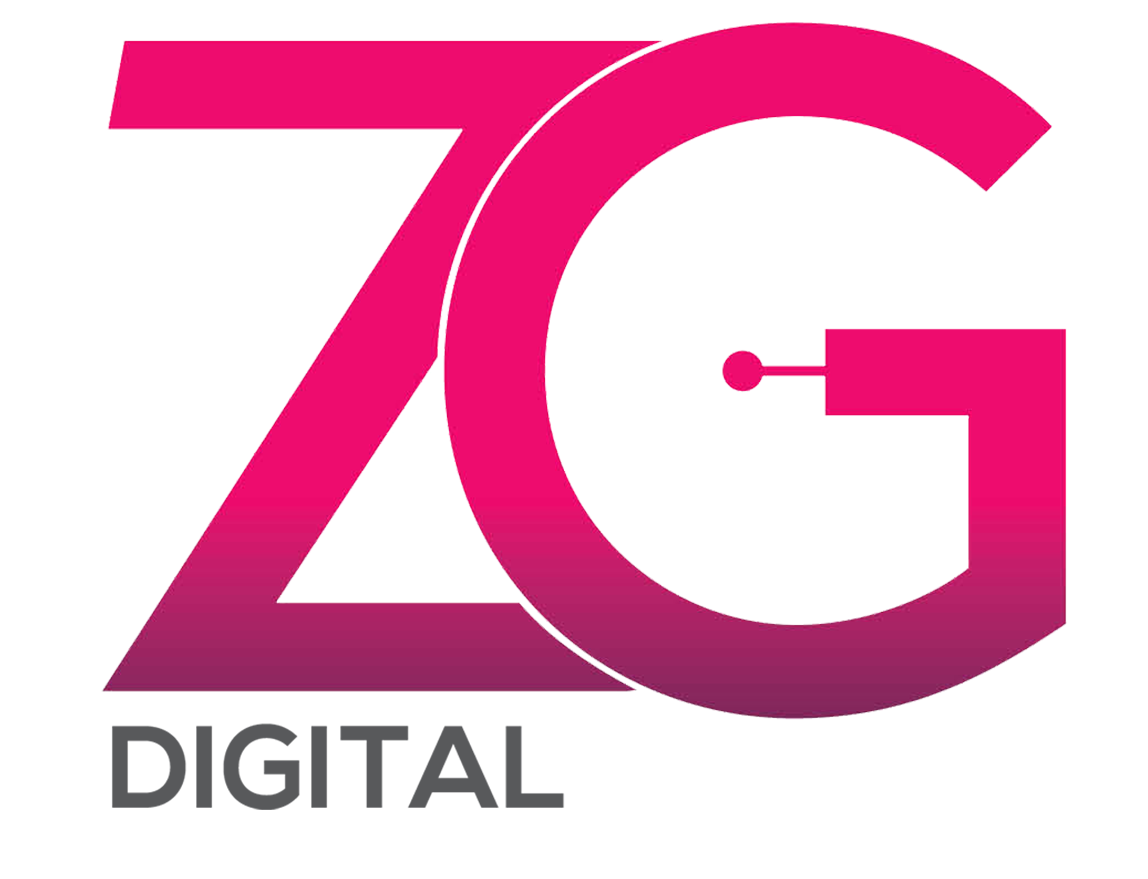Every marketer knows that getting clicks is only half the battle. The real success lies in turning those clicks into conversions sales, sign-ups, or leads that grow your business.
At Zero Gravity Digital, we’ve seen too many brands pour energy into campaigns that bring traffic but fail to convert. The problem isn’t visibility it’s the funnel. Let’s break down how to make your marketing funnel actually work from awareness to action.
What Is a Marketing Funnel?
A marketing funnel is the journey your customer takes from discovering your brand to becoming a loyal buyer. It’s typically divided into three stages:
- Top of Funnel (TOFU) — Awareness: attracting attention and building visibility.
- Middle of Funnel (MOFU) — Consideration: nurturing leads and building trust.
- Bottom of Funnel (BOFU) — Conversion: convincing the user to take action.
Each stage needs a specific strategy because what works for awareness rarely drives conversion.
Step 1: Attract with Precision, Not Volume
The days of casting a wide net are gone. Instead of chasing vanity metrics like impressions or clicks, focus on targeted traffic people genuinely interested in your offer.
Tips:
- Use keyword intent analysis to reach users ready to act.
- Leverage lookalike audiences in Meta and Google Ads.
- Create high-value content (guides, case studies, explainer videos) that solves real problems.
Step 2: Build Trust with Value-Based Content
Once users land on your website, the next step is to nurture trust.
Your audience needs reasons to believe in your brand before taking action.
Smart trust-builders include:
- Email sequences offering insights, not just promotions.
- Testimonials and case studies showing real success stories.
- Interactive content like quizzes or calculators that engage.
Remember — conversion isn’t about pressure. It’s about confidence.
Step 3: Optimize the Conversion Path
Even the best ads can fail if your landing page doesn’t deliver.
Ask yourself:
- Does your landing page have a clear value proposition?
- Is your CTA (Call to Action) visible and compelling?
- Are you minimizing distractions no unnecessary links, popups, or long forms?
Step 4: Automate and Personalize the Experience
Marketing automation can help you guide prospects through the funnel without manual effort.
Example automations:
- Retargeting users who abandoned carts.
- Sending reminder emails with incentives.
- Showing personalized content based on user behavior.
At Zero Gravity Digital, we use tools like HubSpot, ActiveCampaign, and Meta Pixel events to craft seamless, personalized funnel journeys that convert.
Step 5: Track, Measure, and Refine
The secret to a successful funnel is data-driven iteration.
Use analytics to find where users drop off and fix those friction points.
Track key metrics:
- CTR (Click-Through Rate)
- Bounce Rate
- Cost per Conversion
- Lifetime Value (LTV)
Use Google Analytics 4, Hotjar, or Meta Insights to visualize how users move through your funnel — and make improvements continuously.
Clicks don’t pay the bills conversions do.
Your marketing funnel should tell a seamless story: attract → nurture → convert → delight.
When each stage is optimized, your ROI doesn’t just grow — it multiplies.
At Zero Gravity Digital, we help brands design and refine performance-driven funnels that turn casual clicks into loyal customers.





